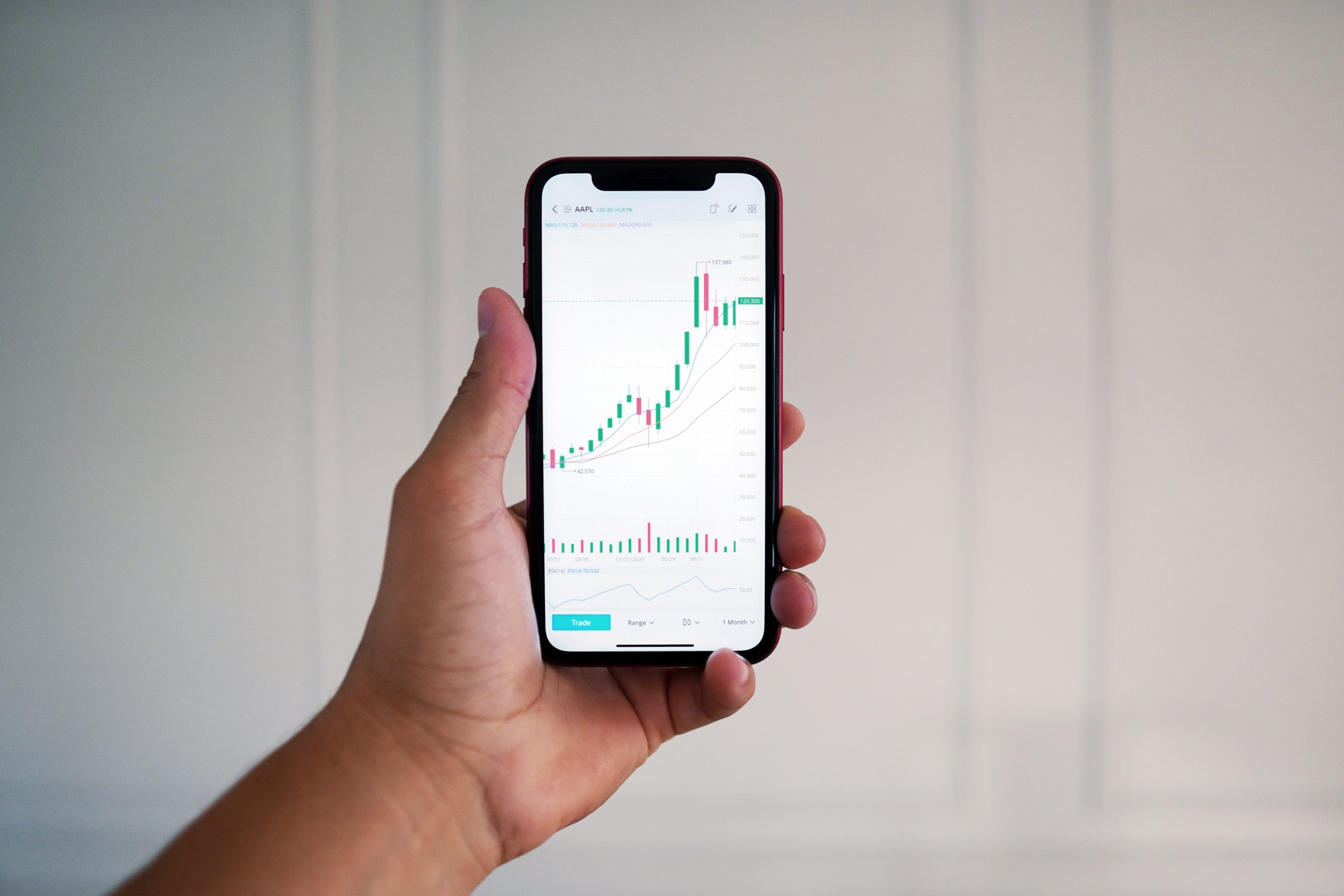If you are considering entering the stock market and investing, you will have to decide upon your preferred trading strategy beforehand. In general, there are long-term investors and short-term investors. The two approaches have different goals, benefits, and risks attached that any newcomer to the market should understand.
While a balanced portfolio ideally is comprised of both long- and short-term investments, many individuals want to focus their investments heavily on one or the other. By learning what the differences are between long-term and short-term investing, you can hopefully determine what your preferred strategy is based upon your specific character and needs.
Speak with an experienced financial advisor from The Templeton Group at Cornerstone Financial Management today. Contact Us
What is Long-Term and Short-Term Investing?
Long term and short-term investing are vastly different strategies intended to accomplish different goals. Because of this difference, it is important to understand what both long-term and short-term investing involve:
- Long-term investing involves buying securities with the expectation that you will hold onto the asset for a reasonably long time, usually at least a year or more, hoping that the asset’s value will grow. Normally, long-term investing happens in a timeframe longer than five or ten years.
- Short-term investing involves buying securities and then quickly selling them after a jump in price without much consideration about the underlying profitability or value of the asset.
Long-Term Investing
When you invest for the long term, you are looking for stocks that will appreciate over time in a reliable manner within the timeframe you have set. For investors, this means researching and determining whether a company’s underlying financial situation and outlook are sound enough to sustain stock value growth for a long time. As a result, most long-term investments follow a typical buy and hold strategy.
Other forms of long-term investing exist as well—for example, buying Treasury I-bonds, which keep pace with inflation but have a fixed yield, giving you a steady source of interest normally for thirty years.
Pros and Cons
Long term investing is useful if you are looking for slower, steadier, and more reliable growth. While investing always carries risk with it, no matter if you are investing for the long or short term, in general, long-term investing can be less risky than short-term investing. Since long-term investors seek steady growth, they tend to place their money in stocks and let their position stay the same for long amounts of time. As a result, long-term investing tends to involve much less time and energy on the investor’s part as well.
Since long term investing has such a broad outlook, however, it requires patience and discipline from investors. As markets experience cyclical growth and decline and their assets fluctuate in value, long-term investors must be capable of withstanding market downturns.
Short-Term Investing and Day Trading
Short-term investments intend to meet their goals in a relatively shorter time frame than long-term investments, generally less than a few years. Day trading, an extreme form of short-term investing, intends to realize goals within days or weeks. Alongside day trading in the stock market, short-term investors can take advantage of short-term bonds, capital notes, and annuities. Short-term investment goals are usually more specific than “save money,” such as saving for a down payment on a home.
Pros and Cons
Day trading can result in significant gains in a short amount of time, but it is a much riskier strategy of stock investing than a simple buy and hold strategy. It requires a significant amount of time and energy (many day traders spend multiple hours a day watching and changing their positions), and always carries the risk that any money you put into the market could dissipate very quickly. Unlike day trading, other forms of short-term investments tend to be more secure but have very modest rates of return.
Day trading requires discipline and commitment, with many investors establishing a certain set of investment guidelines that they follow to maintain a consistent trading posture and hopefully maximize returns. Other short-term investment vehicles require investors to forgo the possibility of sizable returns in exchange for the security of a guaranteed rate of return.
Should You Invest for Long- or Short-Term?
For most individuals, having a portfolio with a mixture of long-term and short-term investments is recommended. While using long-term investments to grow retirement funds, trusts and college funds for children, investors can also acquire short-term investments to help meet immediate goals like purchasing a new car or covering a home repair—as long as they are willing to take on the risk of significant loss. For younger people, a larger portion of long-term investments may be wise since they have a large amount of time in which they can invest, while older generations entering or in retirement may consider focusing more on short-term investments instead.
Speak with a Financial Advisor Today
At The Templeton Group at Cornerstone Financial Management, our experienced financial advisors will work closely with you to build a comprehensive financial plan so you can work toward your specific needs and goals. Contact us today to request a consultation.
Disclosure
The opinions voiced are for general information only and are not intended to provide specific advice or recommendations for any individual. No strategy assures success or protects against loss. All investing involves risk including loss of principal.



